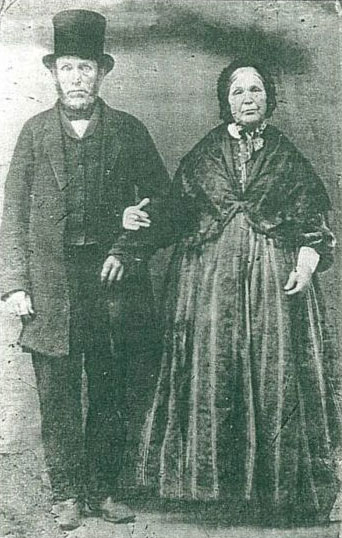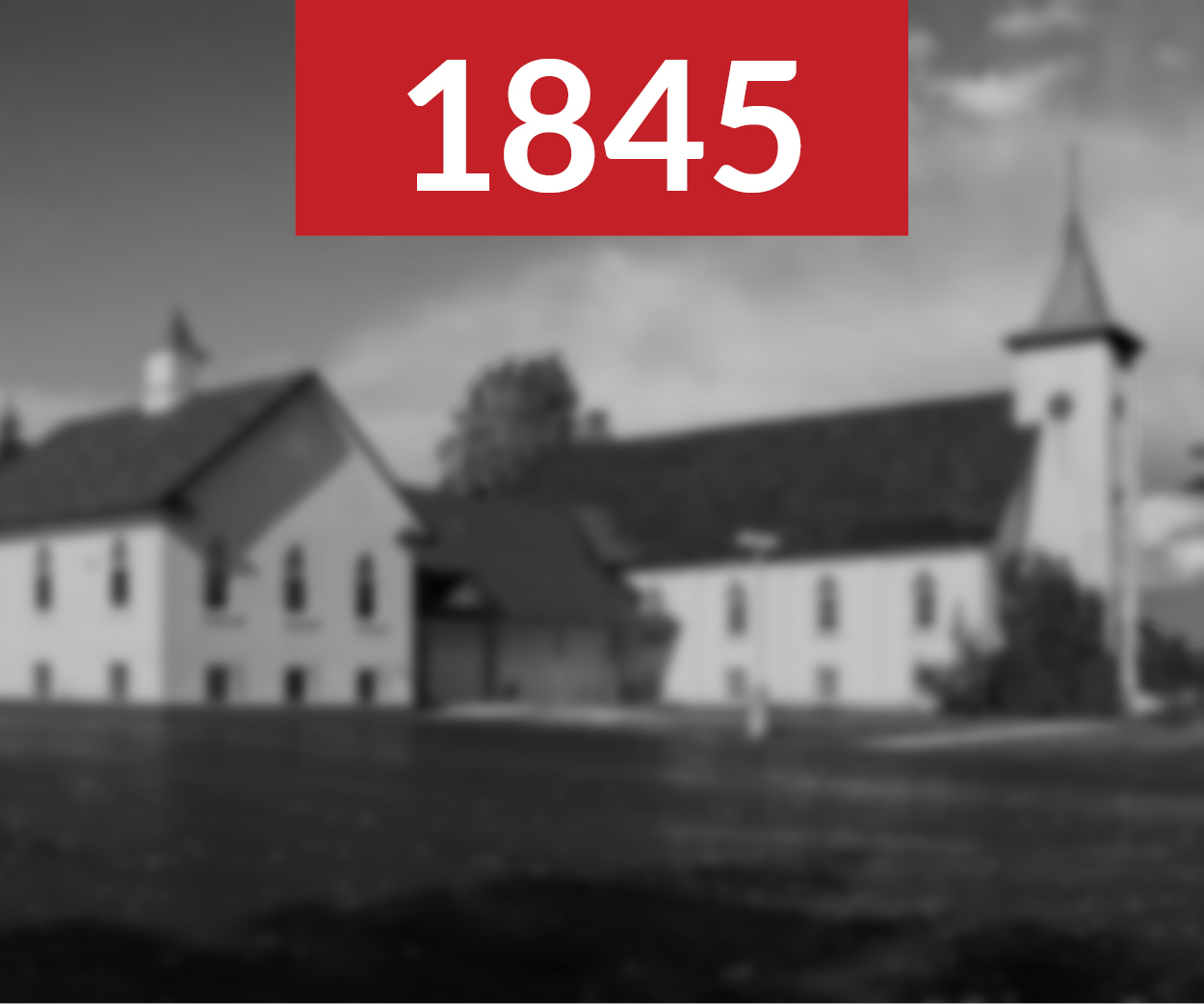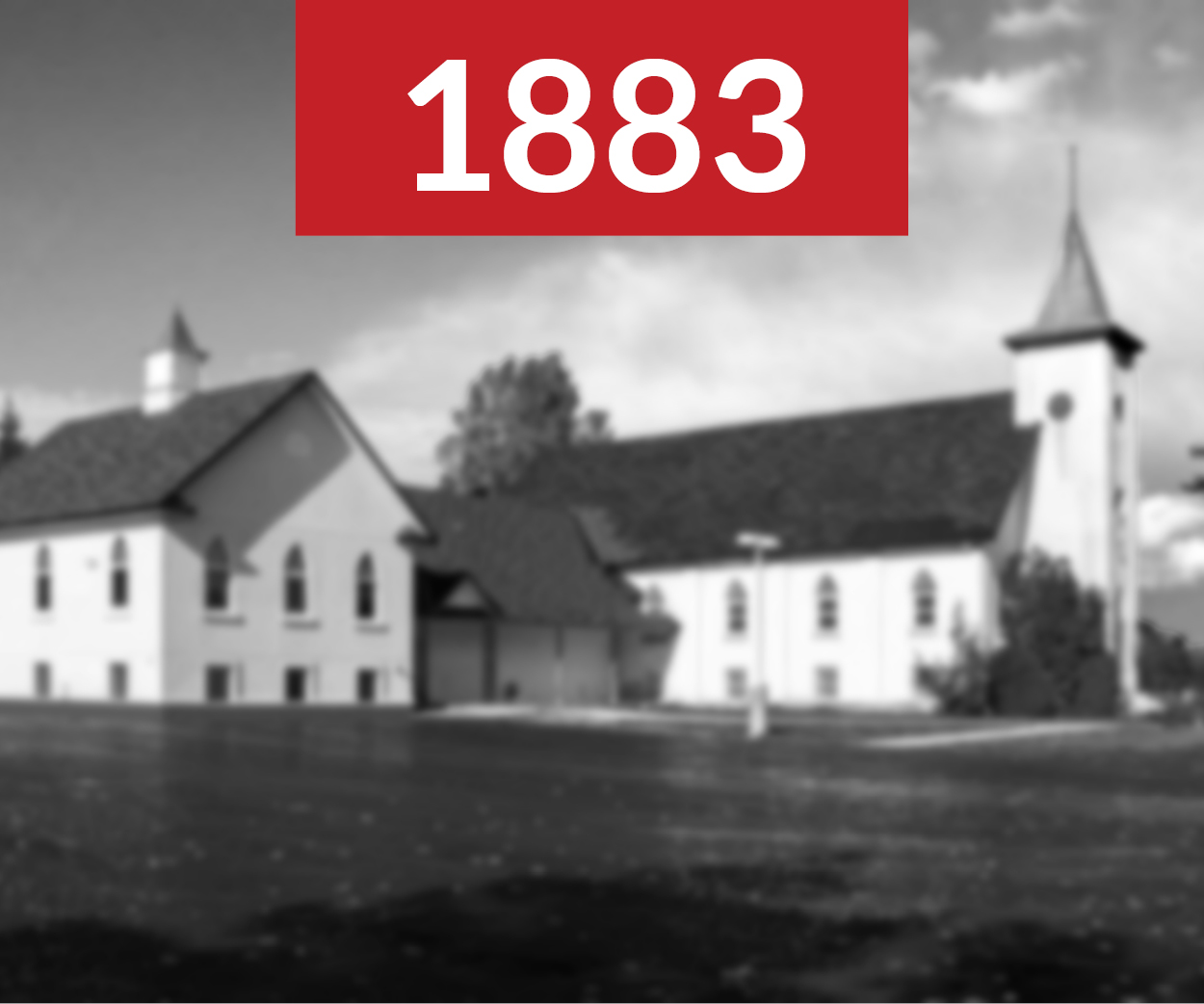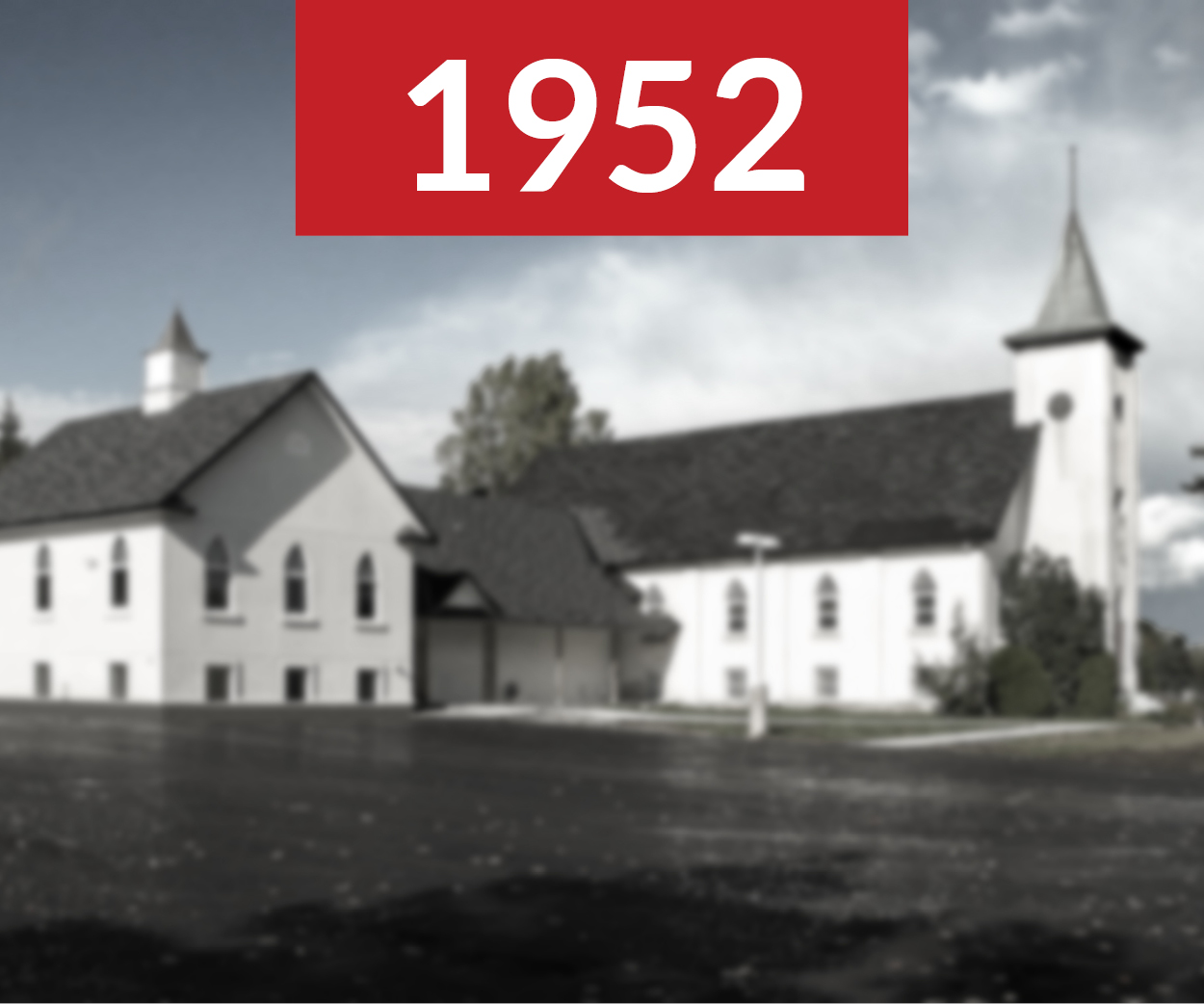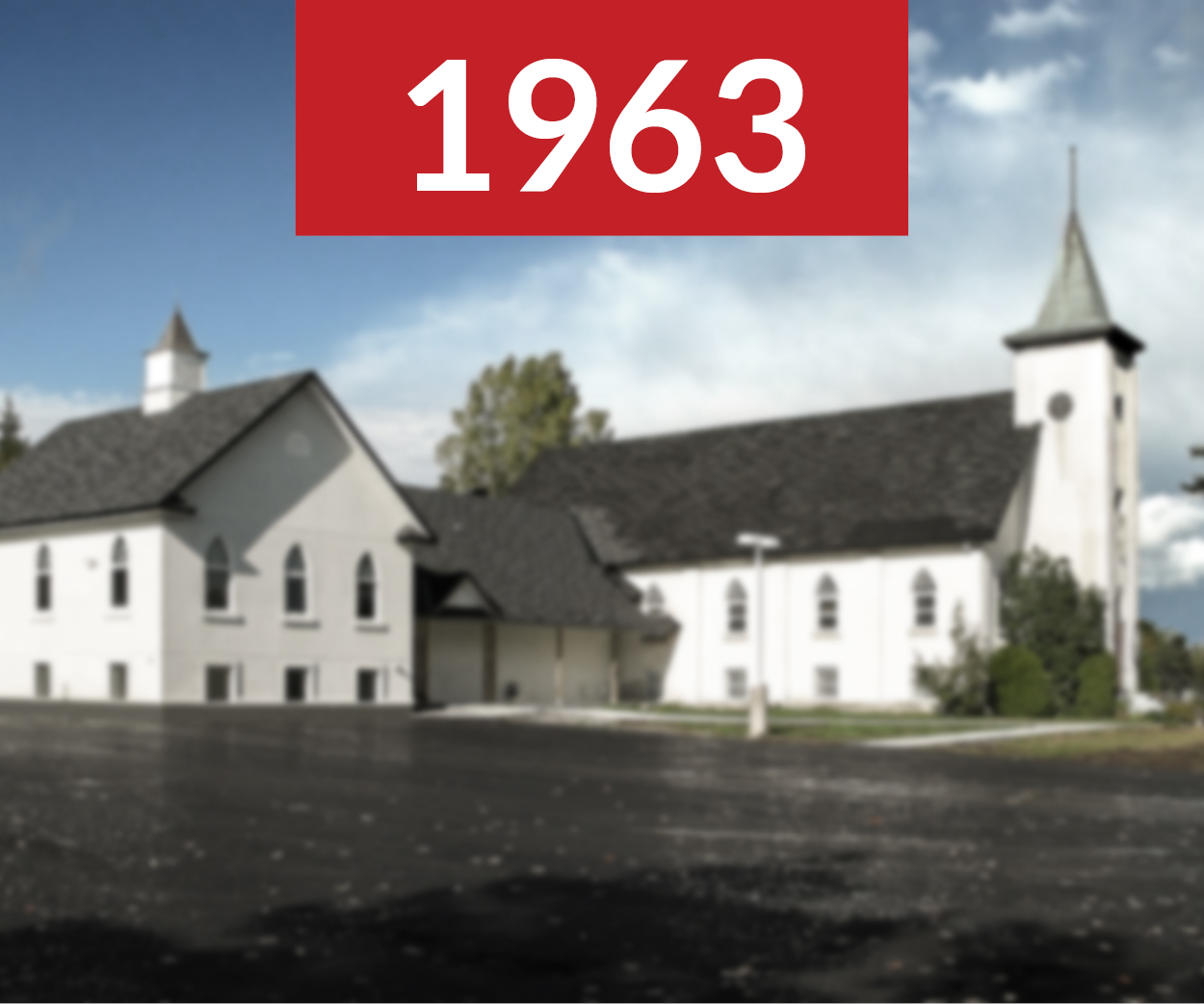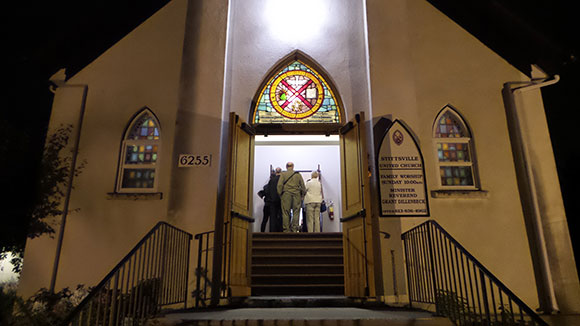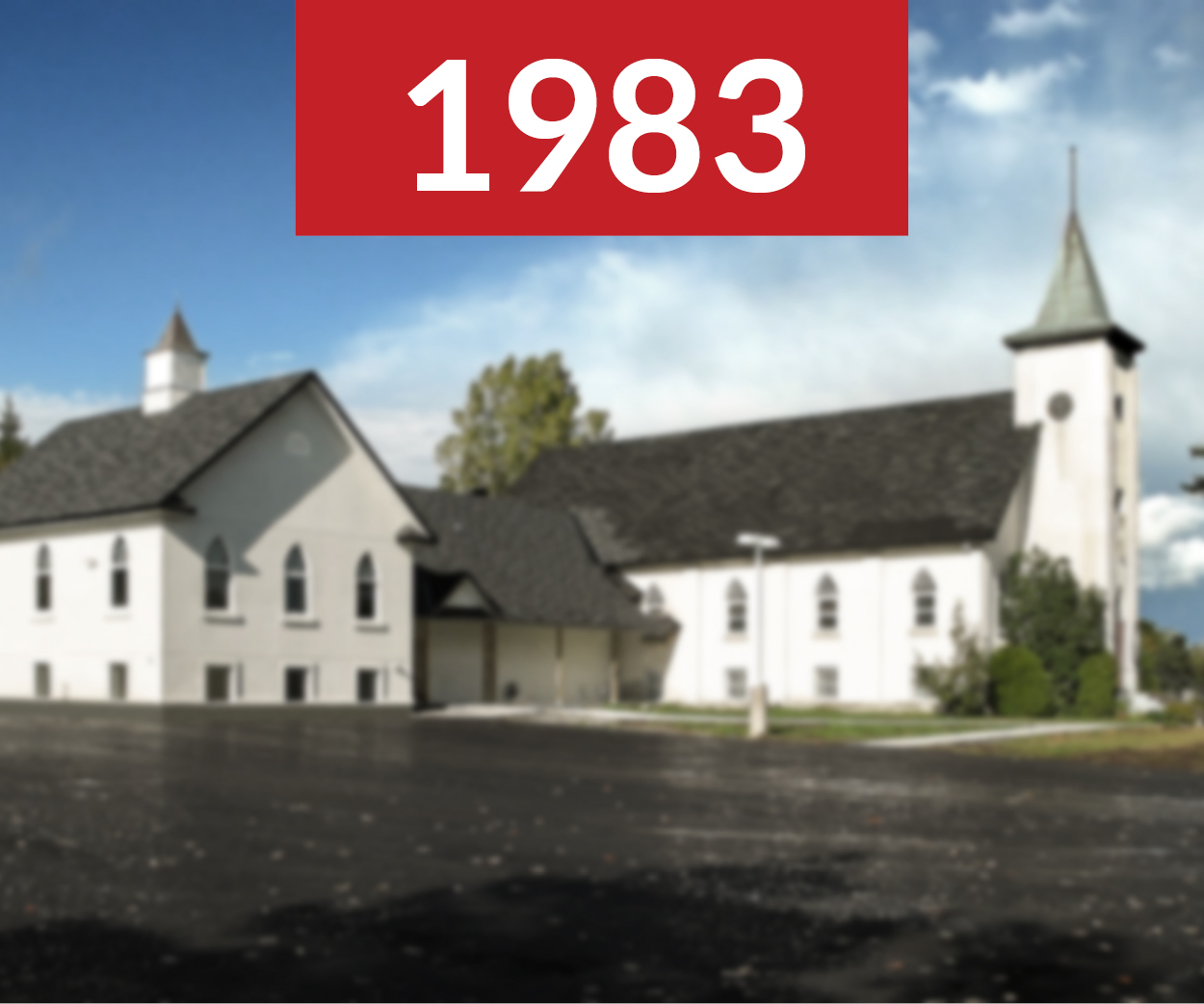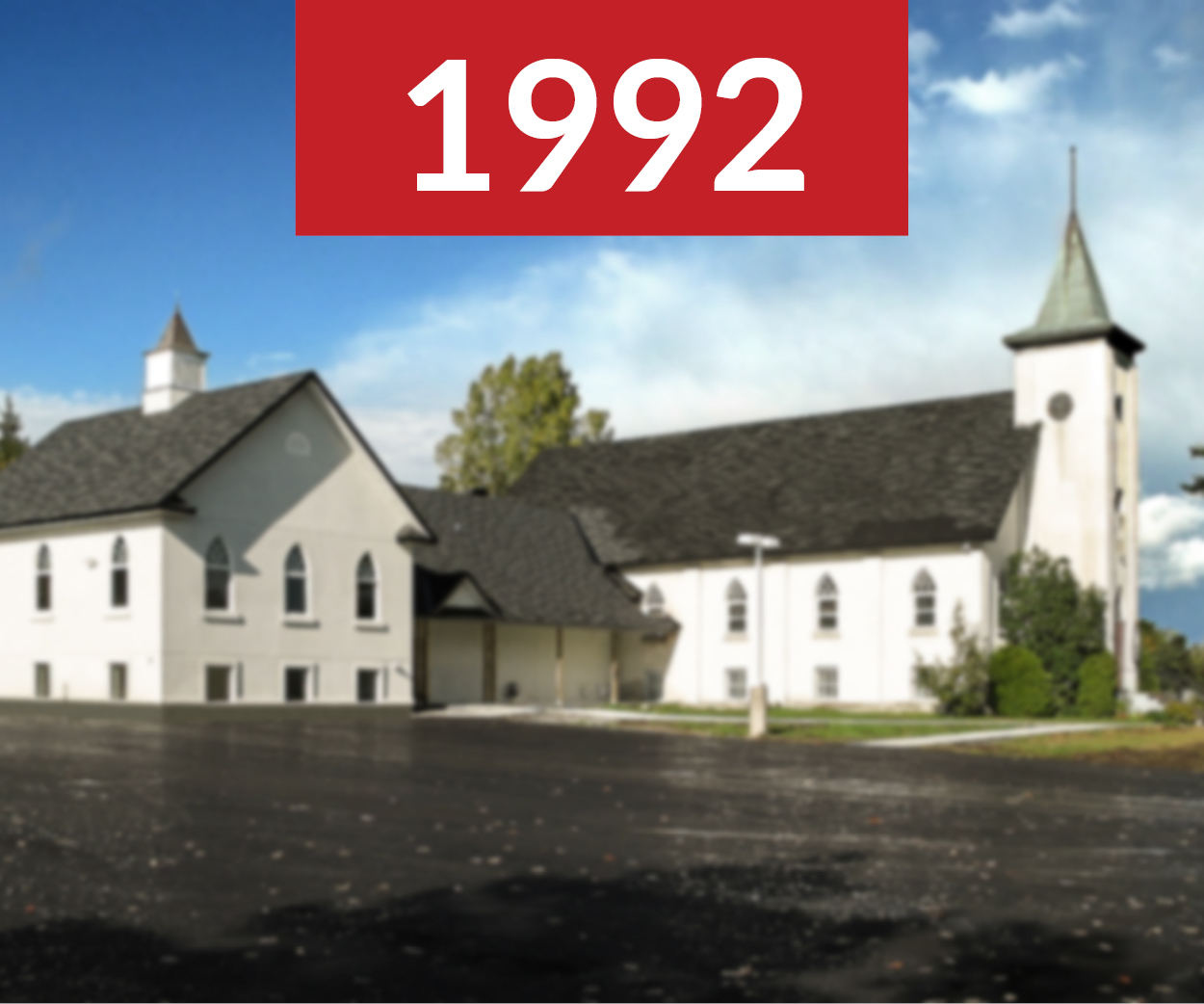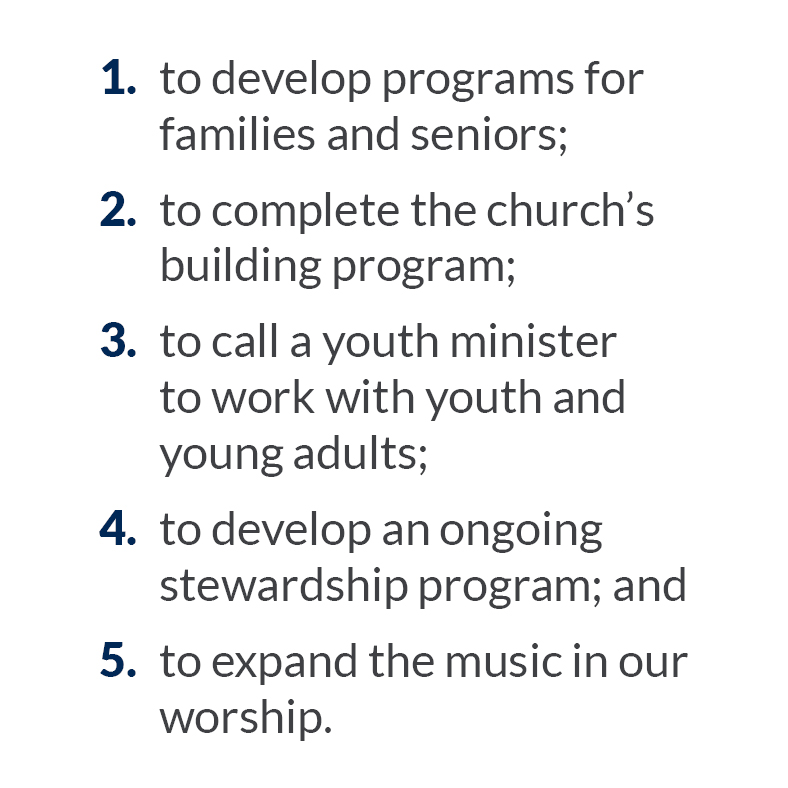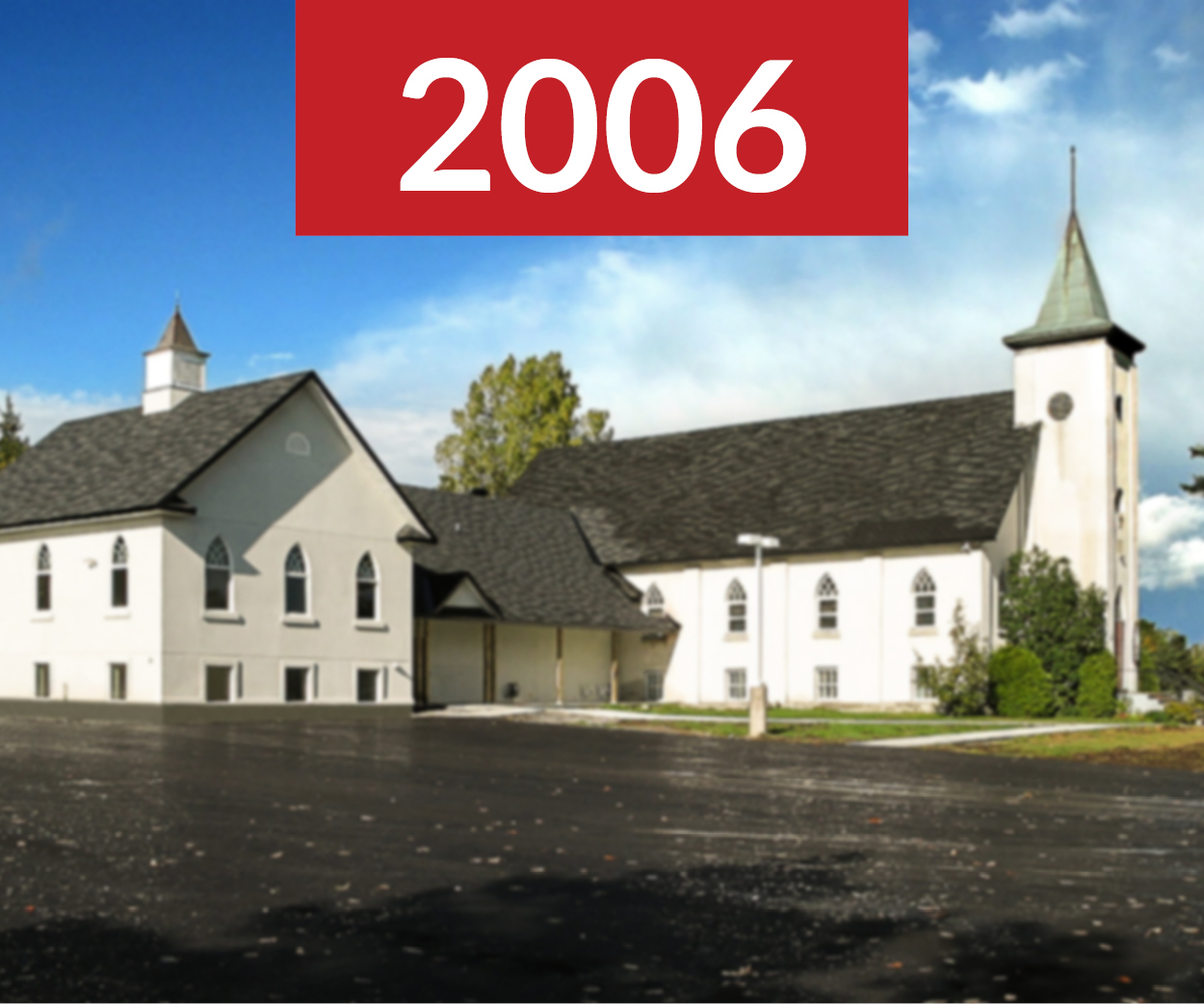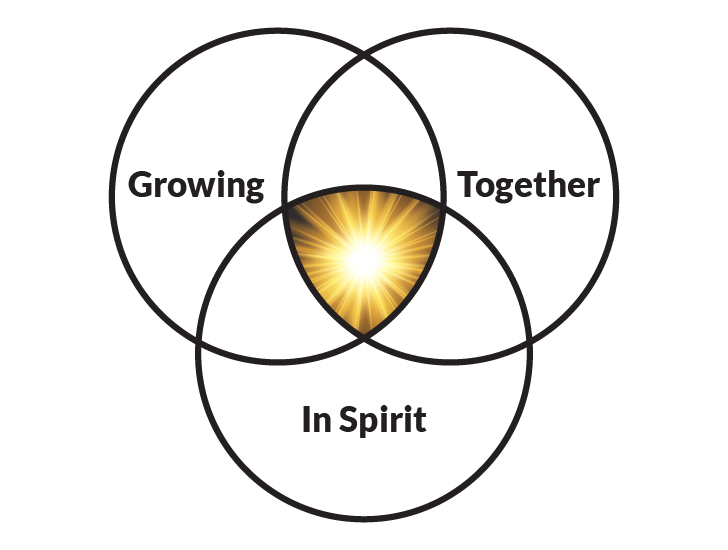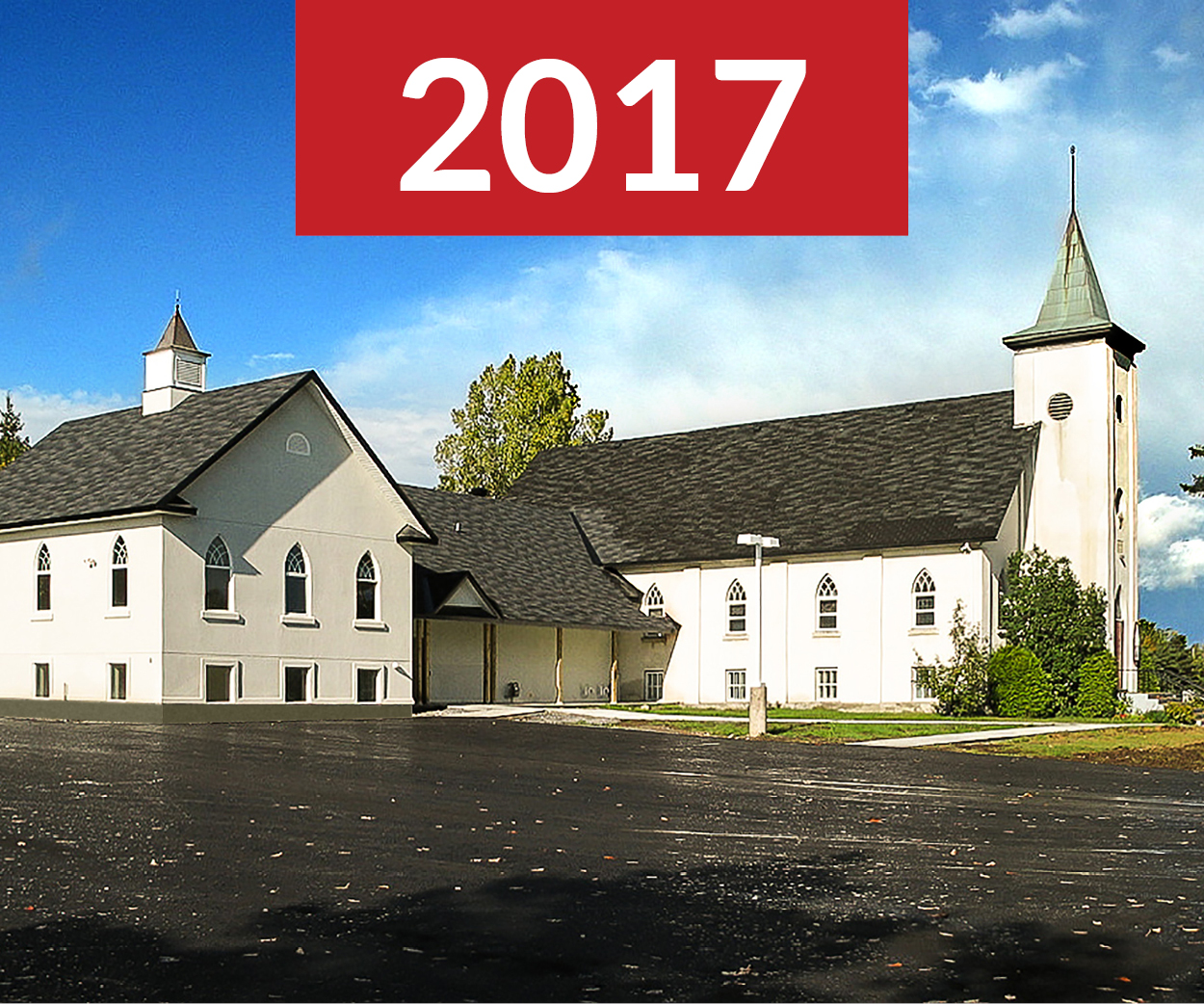2006
A sod turning ceremony was held in April, 2006, and the Building Committee had a busy summer with the construction project. The new addition was officially opened on November 20th, 2006, with a grand opening celebration. The new addition makes the building totally accessible, and restroom facilities were added to the lower area of the building. Much-needed storage space, Sunday School rooms and additional space for meetings, were also part of the renovation. The building also saw an entire new roof installed. It is most appropriate that this latest addition to the proud history of the Methodist/United Church presence in the Goulbourn/Stittsville area is partially made possible by a bequest from the estate of the late Gerald Cathcart, a descendent of the same George Argue who held the first Methodist service in Goulbourn Township in 1824. Additional funds from the Hodgins estate and a Trillium Grant from the Province of Ontario, made it all possible.


